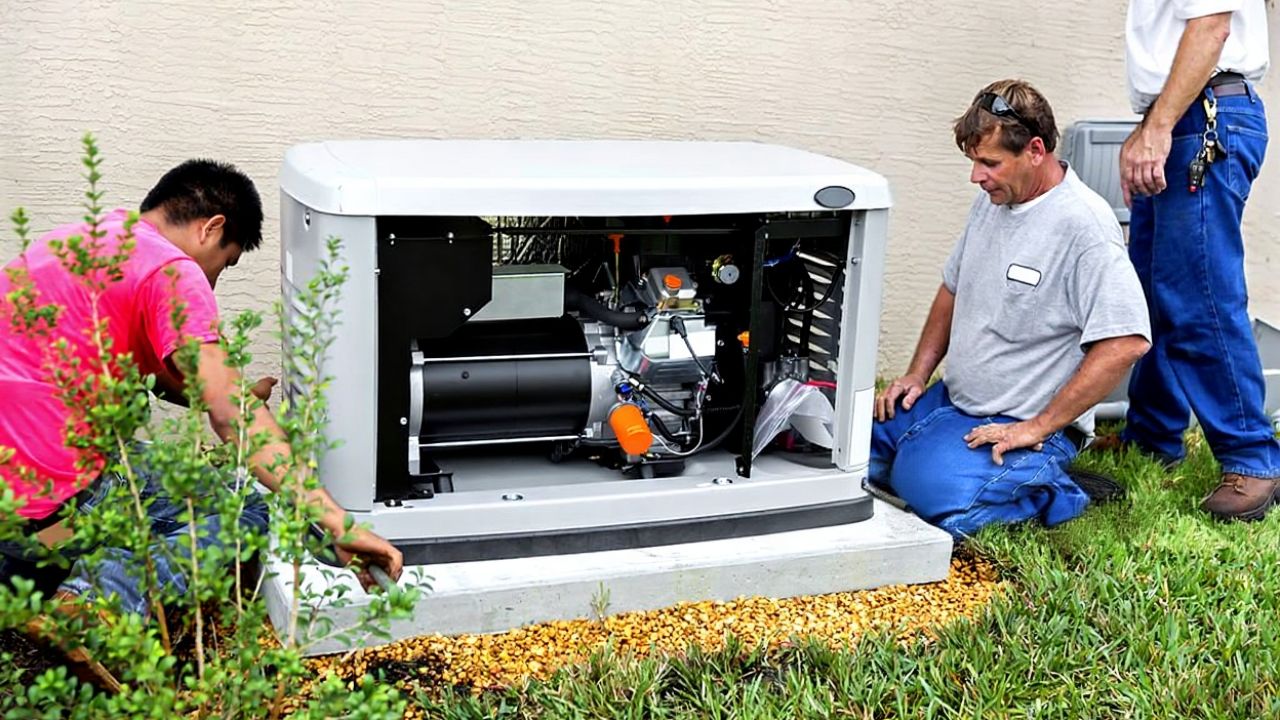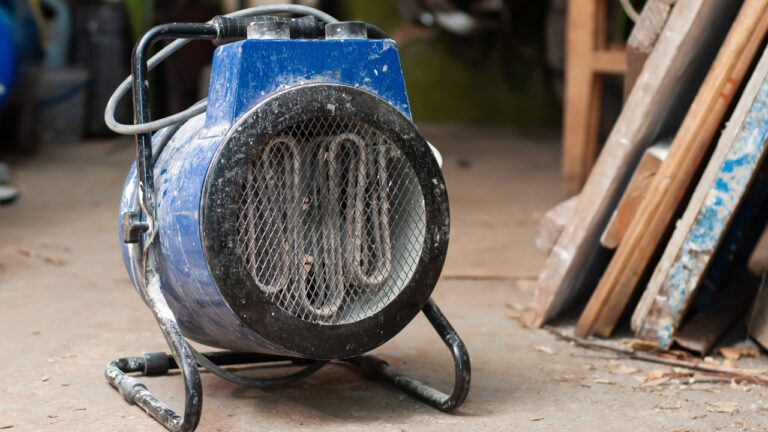A bad setup can make a good generator useless fast
A good generator can save the day when the power goes out—but if it’s set up wrong, all that money you spent might as well have gone to waste. The truth is, most generator problems don’t come from the machine itself. They come from how it’s installed, connected, and used. Even high-end units can fail early or perform poorly if you skip the basics of setup.
If you’ve ever wondered why your generator struggles under load, shuts off suddenly, or doesn’t seem to power what it should, chances are the problem started with the setup.
The location makes or breaks performance
Where you place your generator matters more than most people think. Set it too close to the house and you’re asking for carbon monoxide issues. Set it in an enclosed area, and you’ll cook the engine from lack of airflow. But put it too far away, and you’ll lose power efficiency through long cords and voltage drop.
Generators need solid airflow, a level surface, and protection from rain or snow. A good rule is at least 15 to 20 feet from the house with the exhaust facing away. That distance keeps you safe from fumes while giving the engine the ventilation it needs to stay cool.
If you’re running a portable unit, consider investing in a generator tent or weatherproof cover. It keeps water out of outlets and helps your machine last longer without overheating or shorting.
The wrong cords can choke your power
Even the best generator can’t perform well if it’s pushing power through the wrong extension cords. Underrated or cheap cords can overheat, lose voltage, or even start fires under load.
Every generator has a rated wattage, and your cords need to handle that output safely. For smaller units, use heavy-duty 12-gauge cords or thicker, depending on distance. The longer the cord, the heavier the gauge you need.
And never daisy-chain cords together—it’s one of the fastest ways to create resistance and overload the system. If you’re powering major appliances or multiple circuits, a proper transfer switch is the only safe way to do it.
The transfer switch isn’t optional

A lot of homeowners try to skip this step to save money, but without a transfer switch, your generator can’t safely power your home. Plugging a generator directly into a wall outlet, sometimes called “backfeeding,” is extremely dangerous. It can send power back into the grid and endanger utility workers—or fry your own wiring in the process.
A transfer switch isolates your home’s electrical system, sending generator power exactly where it’s needed. It also protects the generator from sudden surges when the main power returns.
Even if you’re running a portable generator, having an electrician install a transfer switch is a worthwhile investment. It makes your setup safer, cleaner, and more reliable in every outage.
Poor grounding causes big problems
Grounding your generator isn’t just a technicality—it’s a safety requirement. Without a proper ground, static buildup and electrical faults have nowhere to go, which increases your risk of electrocution or equipment damage.
Portable generators often come with grounding points, but most people never use them. A simple grounding rod and copper wire can prevent serious hazards, especially when using the generator to power sensitive electronics or high-load equipment.
If you’re not sure whether your setup requires grounding, check your manual. Some inverter models are bonded internally, but traditional units almost always need an external ground.
Load management matters
Running too many things at once is one of the easiest ways to overload a generator. When that happens, the engine struggles, voltage drops, and your connected devices take the hit.
The smarter move is to prioritize what actually needs power. Start with essentials—refrigerator, well pump, space heater—and add other devices slowly. Each appliance has a starting wattage and a running wattage, and they add up fast.
A generator that runs comfortably at 70–80% load will last years longer than one that’s constantly maxed out. If your unit shuts off or trips breakers, it’s telling you you’re pushing it too hard.
Fuel storage and quality make a difference
Even a perfect setup won’t save a generator running on bad fuel. Gasoline breaks down in as little as three months, and ethanol blends attract moisture that leads to corrosion.
If you’re storing fuel for emergencies, always add a stabilizer. Keep it in sealed containers out of direct sunlight, and rotate your supply every few months. For propane or diesel models, check for leaks and replace hoses if they’re dry or cracked.
When in doubt, run the generator dry before long-term storage. Old fuel sitting in the carburetor is one of the top reasons small engines refuse to start when you need them most.
Skipping maintenance cancels out good setup

Even if everything else is perfect—great location, solid cords, correct grounding—your generator will still fail early without regular maintenance. Oil changes, clean filters, and fuel system checks are what keep that engine alive.
Before every storm season, fire it up and let it run for a while. Listen for odd sounds, watch for flickering output, and make sure your cords and outlets still fit tight. That quick check can expose problems before they turn into failures.
Maintenance doesn’t have to be complicated. Follow the schedule in your manual, and set reminders for yourself. A few $10 oil changes are nothing compared to replacing a $1,000 generator.
The setup determines the lifespan
A generator’s lifespan isn’t defined by brand—it’s defined by how it’s used and maintained. You can spend top dollar on the best model out there, but if it’s sitting in the rain, running through cheap cords, or overloaded every time the power goes out, it won’t last any longer than a budget option.
The difference between frustration and reliability often comes down to setup. Taking the time to get it right—grounding, load management, fuel care, and location—turns a good generator into a dependable one that’ll keep running year after year.
When the next outage hits, you’ll be glad you took care of it before the storm rolled in.
Like Fix It Homestead’s content? Be sure to follow us.
- I made Joanna Gaines’s Friendsgiving casserole and here is what I would keep
- Pump Shotguns That Jam the Moment You Actually Need Them
- The First 5 Things Guests Notice About Your Living Room at Christmas
- What Caliber Works Best for Groundhogs, Armadillos, and Other Digging Pests?
- Rifles worth keeping by the back door on any rural property
*This article was developed with AI-powered tools and has been carefully reviewed by our editors.







